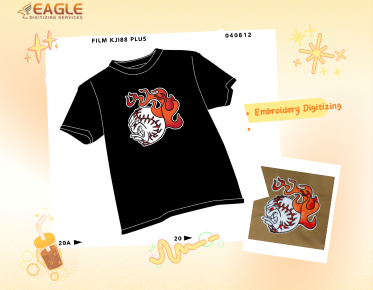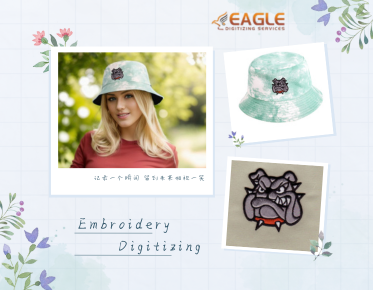Print vs. Serigraph: Understanding the Differences
In the world of artwork reproduction, terms like "print" and "serigraph" often come up. However, for many, understanding the distinction between these two can be quite complex. In this exploration, we will delve into the specifics of each term, examining their processes, applications, and significance in the art world.
What is a Print?
A print is a broad term used to describe any artwork reproduced from an original piece. The printing process can include various techniques like digital printing, lithography, and etching. Prints are typically less expensive than original artworks, making them accessible to a larger audience.
Understanding Serigraph
Serigraph, also known as screen printing, is a more specific form of printmaking. The term "serigraph" comes from the Latin word "seri" (silk) and the Greek word "graphien" (to write or draw). In this method, ink is pressed through a mesh screen, where parts of the screen have been masked to create an image. This technique allows for vibrant colors and sharp details, which is why serigraphs are highly valued in art reproduction.
Key Differences Between Prints and Serigraphs
Technique and Detail
The primary difference lies in the technique used for image reproduction. While prints can be produced through various methods ranging from digital to hand-crafted techniques, serigraphs are specifically crafted through the screen printing process. This leads to a variance in the level of detail and color richness, with serigraphs often showing superior quality in these aspects.
Material and Durability
Serigraphs are generally produced on higher quality materials like canvas or heavy paper designed to hold up well over time without fading. In contrast, prints, depending on the method, might be produced on ordinary paper or materials that do not preserve as well.
Cost and Value
Due to the meticulous process of screen printing and the limited nature of serigraph editions, serigraphs are often seen as more valuable and collectible than standard prints. They are generally higher priced, reflecting both the quality of craftsmanship and the exclusivity of limited editions.
Applications in Modern Art and Design
Both prints and serigraphs serve valuable roles in art and design. Prints make art more accessible to a broad audience by offering more affordable artwork options. Serigraphs, with their quality and distinct texture, are favored in high-end art collections and for special artistic projects needing durable and vivid artwork.
For businesses and artists looking to produce high-quality reproductions, engaging with professional services like Eagle Digitizing can be highly beneficial. Eagle Digitizing offers vector art services and specializes in converting intricate designs into clean, scalable vector images. This service is crucial for those aiming to transform artworks into formats suitable for serigraph production.
How to Choose Between Prints and Serigraphs
Choosing between a print and a serigraph often depends on the intended use, budget, and personal preference. Collectors looking for investment pieces may prefer serigraphs, whereas those seeking art for decorative purposes might opt for prints.
Availability and Accessibility
Prints are generally more accessible due to their wide production and lower cost. Serigraphs, being more limited and artist-specific, might require sourcing through galleries or professional art sellers.
Conclusion
In considering prints versus serigraphs, understanding the nuances of each method can greatly aid in making an informed decision whether for purchase or production. As technology continues to evolve, we may see further developments in digital art reproduction methods that could bridge these differences. One thing remains clear; both prints and serigraphs hold essential places in the artistic and commercial worlds, each catering to different needs and tastes.
As you explore these options, consider what you value most in your art collection—be it the uniqueness and quality of serigraphs or the versatility and accessibility of prints. With a clear understanding, you can ensure that your selections enrich your collection and fulfill your artistic vision.


